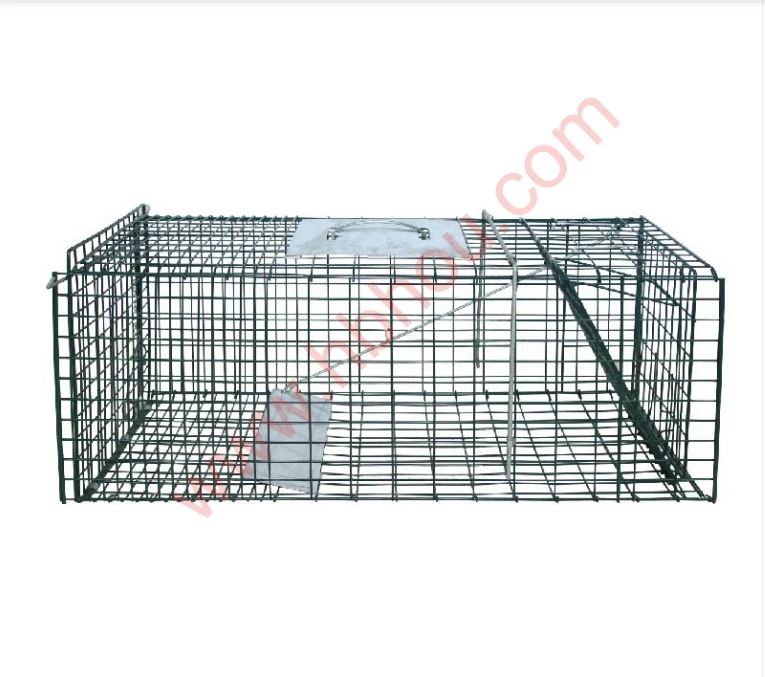Setting Up an Electric Fence for Horses
When it comes to keeping horses safe and contained, an electric fence can be an effective solution. Not only does it provide a strong barrier, but it can also be cost-effective and easy to maintain. However, proper setup and management are crucial to ensure the fence is effective and safe for your equine companions. This article will guide you through the steps for setting up an electric fence for horses, the materials you might need, and some important safety considerations.
Choosing the Right Location
Before you start the installation process, choose the location for your electric fence carefully. Look for a flat area where the ground is free from large rocks or debris that could make installation difficult. Make sure the area is also free of overhanging branches that could come into contact with the fence. Assess the natural layout of the land, as this will help in making a fence line that is not only effective but also aesthetic.
Materials Needed
To set up an electric fence, you'll need several essential materials
1. Electric Fence Charger This is the heart of your electric fencing system. Solar-powered chargers are a great choice for remote areas, while AC-powered chargers work well for those with access to electricity.
2. Posts You can choose between wood, fiberglass, or metal posts. Make sure they are sturdy enough to withstand the elements and the pressure of the fence line.
3. Wire High-tensile wire is commonly used for electric fences, typically either 12.5 gauge or 14 gauge. You can also consider using tape or rope if you want a more visible option for your horses.
4. Insulators These are critical to prevent the electric current from grounding out through the posts. Use insulators that are suitable for your chosen post material.
5. Grounding Rods These help ground the electric fence system and must be placed deep into the earth.
setting up an electric fence for horses

6. Gate System A safe entry and exit point for you and your horses is essential. Ensure that the gate also connects with the electric fencing system.
Installation Steps
1. Plan Your Fence Line Use flagging tape or wood stakes to outline your proposed fence path. This will give you a visual guide to ensure your layout is what you want.
2. Install the Posts Begin by installing the corner posts first, ensuring they are appropriately spaced (usually 10 to 20 feet apart). Use a post driver or a digger to ensure they are set deep enough into the ground.
3. Run the Wire or Tape Attach the wire or tape to the insulators on the posts. Start at one end of the fence line and work your way down, ensuring that it is taut but not overly tight to avoid snapping.
4. Connect the Electric Charger Follow the manufacturer's instructions to connect the charger to the fence line. Ensure that your grounding rods are installed properly and make a good contact with the earth.
5. Test the Fence Once everything is connected, use a fence tester to ensure that the current is running through the wire effectively. It’s crucial to confirm that the fence is functioning properly before introducing your horses.
Safety Considerations
While electric fences are generally safe for horses, there are several important safety considerations to keep in mind. First, always use the correct voltage settings on your charger. Too strong a current can injure your horses, while too weak a current may not contain them. Additionally, horse owners should regularly check the fence line for any damage or sagging wire. Regular maintenance will help ensure the fence remains an effective barrier.
It is also wise to educate anyone who handles the horses about the electric fence's functionality and safety. Ensure they know where the gates are and how to operate them.
In conclusion, setting up an electric fence for horses involves careful planning and execution. By selecting the right materials, installing them correctly, and staying vigilant about maintenance, you can create a safe and effective enclosure for your beloved equine friends. Remember, the safety and well-being of your horses should always be the top priority.
















